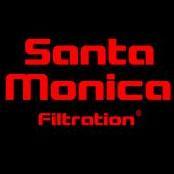Mega Powerful Nitrate and Phosphate Remover - DIY!
-
Topics
-
Latest Update
-
17
-
2
-
1
Abortion pills in Kuwait(+96567069311)&get cytotic
Abortion pills in kuwait (+96567069311) cytotec pills LWHAT'S APP IN KUWAIT CITY [(+96567069311)] CONTECT FOR ABORTION PILLS, IN options.+96567069311 +96567069311 In Kuwait city Misoprostal in Kuwait city The Abortion Pill | Planned Parenthood Video Planned Parenthood YouTube Channel The Abortion Pill | Planned Parenthood Video Medication abortion — also called the abortion pill — is a safe and effective way to end an early pregnancy. What is the abortion pill? “Abortion pill” is the common name for using two different medicines to end a pregnancy: mifepristone and misoprostol. You can also use misoprostol alpan widget -
1
Abortion pills in Kuwait(+96567069311)&get cytotic
Abortion pills in kuwait (+96567069311) cytotec pills LWHAT'S APP IN KUWAIT CITY [(+96567069311)] -
0
Abortion pills in Kuwait(+96567069311)&get cytotic
Abortion pills in kuwait (+96567069311) cytotec pills LWHAT'S APP IN KUWAIT CITY [(+96567069311)
-








Recommended Posts
Join the conversation
You can post now and register later. If you have an account, sign in now to post with your account.